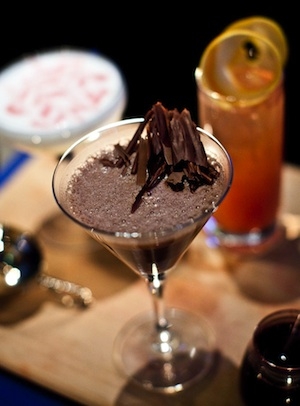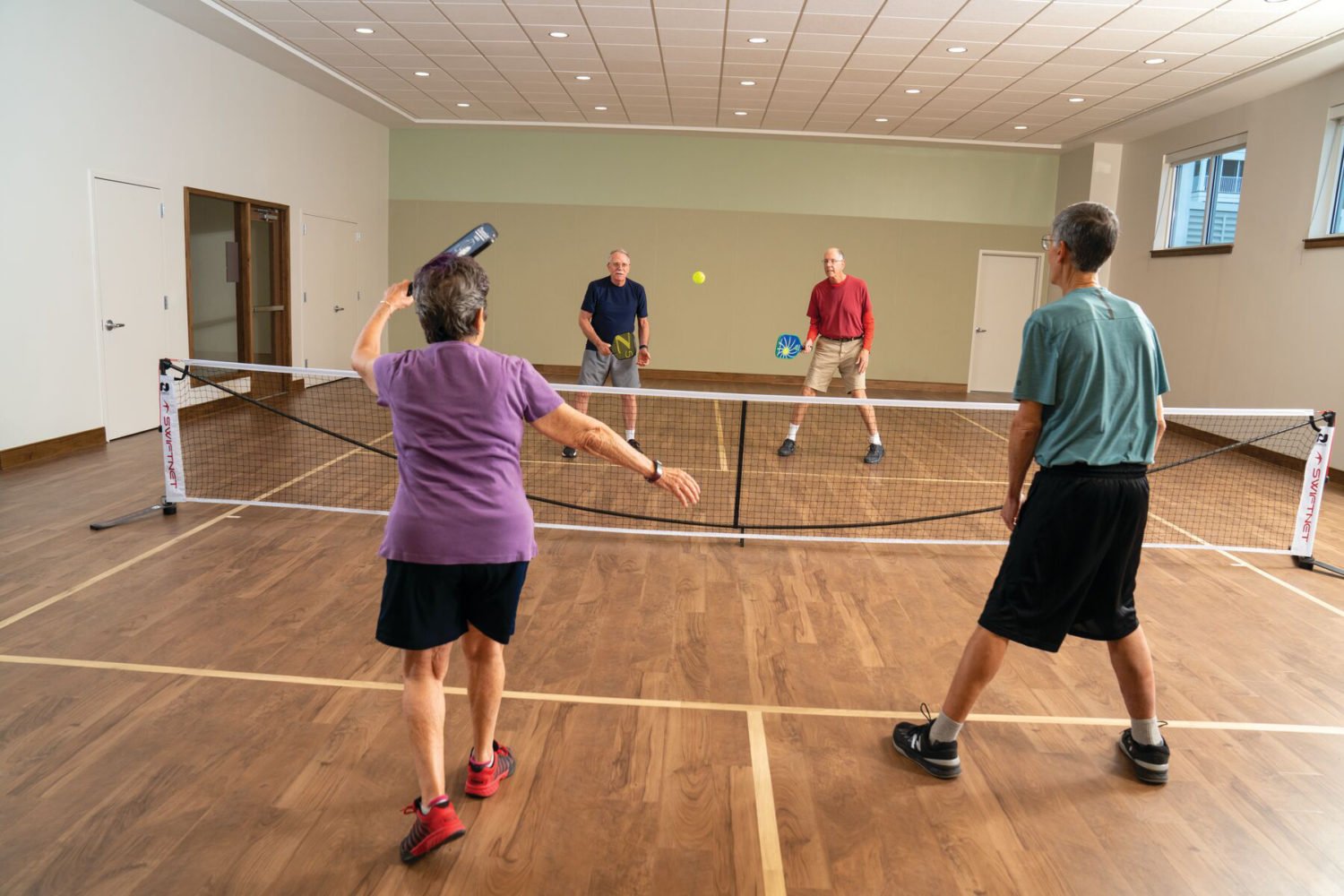
The cocktail revolution has reached its occupation phase in Washington, with craft tipples on the menus of bars and restaurants alike. But unfortunately for many calorie-counters, partaking in this spirited drinking culture isn’t an option. House-made simple syrups don’t come with nutrition information, and that rare Italian liqueur that adds a bite to your martini may pack a caloric punch.
Thanks to expert mixologist Gina Chersevani, who slings drinks at PS 7’s, you don’t have to settle for extra-light beer or—dare we say it—the wagon. Chersevani, a founding member of the DC Craft Bartenders Guild, has won many accolades for her creative libations (cereal-milk cocktail anyone?). Now, she’s focusing those creative juices on making healthier, less-calorie-laden cocktails.
“Everyone wants to go out and have cocktails,” Chersevani says. “We want to give dieters options and make them feel included.”
Chersevani includes herself among Washington’s dieting set. She lost 50 pounds last year, and like many health-conscious foodies, she quickly became aware of the need for appetizing, diet-friendly drink options.
Tired of light beer, Chersevani added a selection of 100-calorie (or less) seasonal cocktails to her drinks menu at the Penn Quarter restaurant. Like the rest her offerings, they’re innovative, flavor-packed quenchers that feel more night-out than calorie-conscious. The Dark & Skinny—a blend of vodka, dark cocoa, and touch of cayenne—is redolent of spices and chocolate, while the hibiscus-tea drizzle atop the Chile Flip gives the zesty drink a flowery flair.
That Chersevani made recipes with added health benefits isn’t obvious to the tongue. The spicy, Kashmiri-chile-infused vodka in the flip helps build metabolism over time and encourages slow sipping, while the fresh cranberry-pear juice in the vodka-based Ant-eye-ox-a-dent is loaded with vitamins, minerals, and natural sweetness.
The ingredients in Chersevani’s drinks are key. She makes calorie-free, Splenda-based simple syrup that tastes like regular liquid sweetner, and she squeezes all her own juices instead of relying on concentrates. And perhaps most important, she’s picky about the main event: the booze. Alcohol and calorie content are directly related, so Chersevani sticks to lower-proof options for her drinks, measures carefully, and always steers clear of bottles with lots of sugar.
“As a general rule, brown is bad,” Chersevani said. “To stay in the safety zone, go for most tequilas (not mescal), gins, and unflavored vodkas.”
Vodkas and gins, such as Stolichnaya and Tanqueray, hover around 80 proof, which roughly equals 96 calories per 1½ ounces (a standard-size shot glass is two ounces). That’s according to The Biggest Loser: The Weight Loss Program, the handbook Chersevani uses when judging the nutritional value of drinks. Rums and whiskeys have higher sugar contents and alcoholic potencies, although they vary. And unfortunately for White Russian loyalists, cream liqueurs are the biggest calorie culprits: A 1½-ounce serving of Kahlua has roughly 161 calories, while a six-ounce White Russian—less than a cup—has more than 700 calories.
When Chersevani isn’t behind the bar, she often orders an Ice Pick, which is vodka with unsweetened ice tea. Still, she warns against getting carried away, even with such low-calorie nips.
“The biggest misconceptions are that liquid calories aren’t the same as food calories, and that they don’t count,” Chersevani said. “Drinks can be more detrimental because they come on faster.”
>> Want to sip Chersevani's Dark & Skinny cocktail at home? Click here for step-by-step instructions on how to make it. Enjoy!
Subscribe to Washingtonian More >> Health | Top Doctors | Well+Being Blog
Follow Well+Being on Twitter













